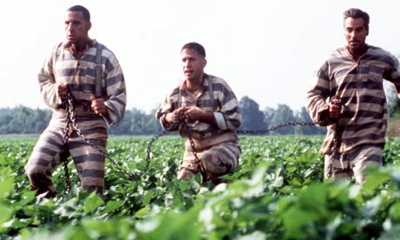I feel justified when I say that we tend to duck down when there is cultural confrontation. We want to avoid drawing a lot of attention to ourselves, though we want to see it all. We are fascinated by the car wreck occurring, - can't look away - but we know that if we get sucked into the confrontation, we will perhaps, - change??
That's how it is with living in a culture - loosely defined as the beliefs of a particular group. Whether you are a leader of a culture, or one of the more prevalent followers of the cultural standards, it is good to know what is what; whose palms need be greased, and where do you enter to start your acculturation. "My hair!"
Speech-language pathologists, no matter what their work setting, are often in a culture but not of the culture. You often benefit from knowing the culture's most subtle workings, so you can serve persons who come to you. To better serve those persons, it often helps to begin your work by knowing how the person's cultures help or hurt the outcome they desire from treatment. In a new job setting or a new job circumstance, to answer those questions about the person's cultures - write an ethnography.
An ethnography is a documentation of the culture: how it is constructed, how it works and the implications of its existence. Ethnography is a skill set out of anthropology, requiring the SLP to apply all the powers of observation she/he has. Given the penchant of SLP's to evaluate the effects of interventions, writing an ethnography might portray the culture at its natural, or resting or baseline state.
The writings may include as evidence, data from the culture's members, in the form of interviews, surveys, photos, video and other illustrative data (news articles , manufactured products, social media posts) that tell the culture's story. With the intervention in play, the SLP can then re-examine the variables checked at as few he. Why, though, - why pile on the SLP so much extra work to - not only help the person served improve function, but also paint the big picture of what and where and how the culture influences the outcome?




No comments:
Post a Comment